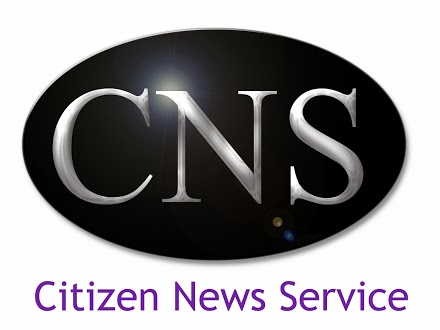"Fixed dose combination (FDC) of different ARVs, on the lines we did for anti-TB, invented in India had made ART cheaper, safer and easier. The west copied India! Ironically, the Multi National Companies (MNCs) made hue and cry, calling Indian Generics copy-cats! When the 'West copies the East', why apply different yardsticks? Indian pharma took lead and risk of inviting litigations, circumvented patents by using reverse engineering to produce generic copies and brought down the price to 1%, with 100% bio-equivalence. The yearly cost of three-in-one cheapest first-line FDC is down from US$ 11452/- per patient to $69 -- the lowest quoted cost by an Indian Pharma. Similarly, even other combinations have been made affordable and accessible, with India meeting more than 80% of the global ART requirement. For this, the Indian Pharma must be lauded for saving millions" said Dr Gilada.
We are facing an extremely challenging situation with Multi-drug resistant and extremely drug resistant (MDR/XDR) Tuberculosis and HIV, Immune Reconstitution Inflammatory Syndrome (IRIS), Lipodystrophy- as most patients in public sector were on stavudine (d4T) based ART, HIV and aging, marriages/ alliances among HIV+ve people, several eligible bachelors among generation-next who are infected from failed PMTCT or were born before it was in place, generic CD4 and viral load kits on lines of generic ARVs -- which can reduce follow-up costs.
"From disease of young population it is moving towards issues of aging with HIV. Many age-associated diseases are more common in HIV patients than in age-matched uninfected persons. They include cardiovascular diseases, cancers, bone fractures and osteopenia, Liver failure, Kidney failure, Frailty, illnesses of degrading immunity and neurological diseases" said Dr Gilada.
"We must critically evaluate the state-run and NGO programs, replicate best practices and shun the unsuccessful ones. We should provide three tiered (not free for all) ART with quality care and should move from 'donor-dependence' to 'self-reliance'. We should focus to reduce vulnerability of women and children and make PPTCT a national emergency with 100% coverage to achieve near 100% success so that no child gets HIV vertically. There should be a strong focus on youth and de-addiction as more than 50% new infections are among youth. Revised National Tuberculosis Control Programme(RNTCP) and National AIDS Control Programme (NACP) are orphaned and face resource crunch. It is time for their convergence and betterment. Later Hepatitis-B and C programmes can be combined" added Dr Gilada.
To end AIDS by 2030, the world surely needs more effective tools, but this is NO EXCUSE not to optimally utilize existing evidence-based proven strategies to progress faster towards ending AIDS.
Bobby Ramakant, CNS (Citizen News Service)
- Shared under Creative Commons (CC) Attribution License
(Note: You can view every article as one long page if you sign up as an Advocate Member, or higher).





